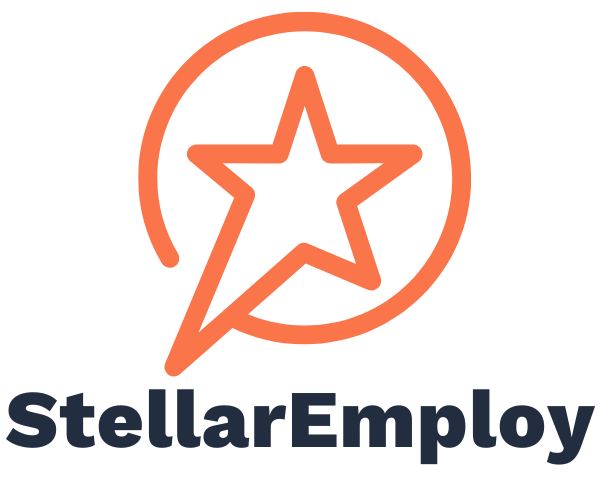How to Calculate the ROI of Your Labor Force
Hourly workers are the glue that make an operation hum. They are the difference between a good and bad customer experience.
Yet when it comes to managing this core base, managers don’t know how to improve hourly labor performance.
The key is to start at the beginning with who and how they hire. Most managers are too busy to do more than accept whoever comes through referrals, walk-ins, and job boards. However this process leads to high turnover and unreliable teams that cost millions in lost revenue or expenses.
So first things first. How can managers know if they have an effective labor force? Compared to more senior hires, hourly labor has clear quantifiable metrics. By understanding these levers, managers gain control over how they build their workforce, enhancing employee effectiveness.
Fully loaded cost of labor
The productivity of your workforce is a result of three inputs and delivers three outputs. The inputs are hiring, training, and wages. The outputs are reliability, efficiency and service.
Every employer makes three types of investments in new employees: hiring, training, and wages.
Managers spend time and money to make hires. Even if this cost seems small, it adds up when turnover rises to 100%. This includes time spent interviewing and processing paperwork. Direct costs include advertising.
Training costs are another major factor based on how efficient they are. These can spiral out of control when more than 10% of staff don’t know how to do the job. An unstable employee base can also hurt performance and morale. The more experienced workers there are, the easier it is to absorb new hires.
Hourly wage is the final input. Wages are a heated and complex topic. Most importantly, wages are one piece of a larger equation. When wage raises are hard to justify, businesses should look broadly for opportunities to create value.
In summary, labor quality will depend on how well a manager hires, trains and pays employees.
Assessing the value of your labor
Three things that matter in employee output: Do they show up? Are they efficient? And, how well do they take care of customers?
Employee value compounds over time. The longer a worker stays, the more a business gains from the hiring and training costs invested upfront. So the better the manager hires, the more productive and long-lasting their average worker.
Employee efficiency is often measured through speed of service. It can also be measured by employee flexibility. Can an employee operate multiple stations? Does the employee proactively perform more than one task, such as refilling the ice machine between orders?
Finally, managers should target employees who make customers feel cared for. Employees that deliver quality work are extremely valuable. These employees have the unique ability to drive top line revenue growth. There are multiple ways to measure this, from a Net Promoter Score to customer satisfaction surveys.
Rule of three
Labor as a percentage of revenue is one of the most touted numbers in the industry. But containing labor at XX% is a defensive rather than opportunistic way to think about your workforce.
When labor is 25% of revenue, the average employee generates four times their wages in revenue. Instead of a cost to contain, labor is a lever to wield. Managers can improve business profitability by hiring and training better employees who stay longer and provide quality service.
As one fast food operator said, “People at corporate quote numbers and inputs about the cost of a bad hire and you nod your head but don’t really know what goes into it. You need to actually break it out.”
The Rule of Three shines light on a long overlooked business lever, giving managers a new avenue for growth through their labor force.
Irene Chung is Co-Founder and Co-CEO of StellarEmploy.

